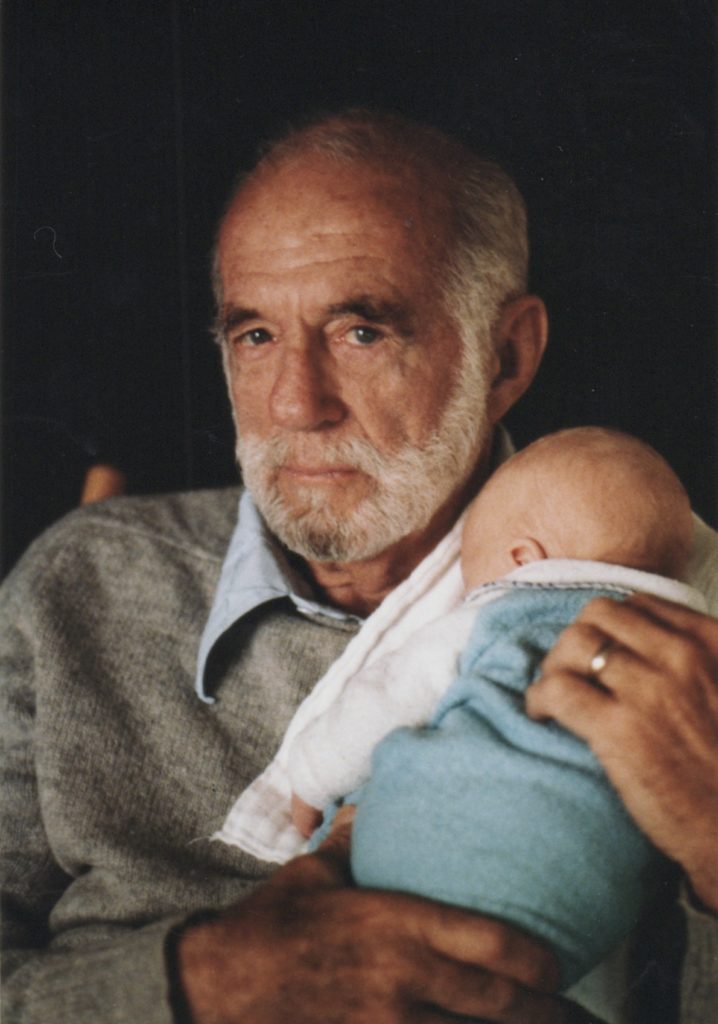Page 817
Relaxation Techniques for Children (and Parents)
Humans (like all animals!) experience states of tension, and states of relaxation. Tension prepares you to deal with challenges; relaxation allows your body to recover and build up reserves. An animal that is tense all the time cannot grow to its full potential; an animal that it never tense cannot assert itself or protect itself when it needs to. Health is a matter of balance.
Children, like grownups, can learn to enter a state of relaxation at will. Children do this all the time, when they play, daydream, and focus on things that they find absorbing. (The way children focus on videogames is different; it’s a kind of artificially sustained tension.) Children can also learn simple techniques to help them relax. You can use these, too:
-
“Yoga breathing.” Breathe in and out, slowly, through your nose (or, in at the nose, out at the mouth). Pay attention, especially, to the breathing out. Let it happen on its own, slowly and evening. Notice how it feels as the air slowly leaves. If your mind wanders to a different topic, bring your mind back gently to your breathing.
-
“Progressive Relaxation.” Start at your feet. Tighten up the muscles in your feet, hold them tight for a couple of seconds, then enjoy the feeling as you let them relax. Do the same for the muscles in your lower legs. First tight, then enjoy the release as you let the muscles let go. Next the muscles in your upper legs and buttocks. Next the muscles in your belly. Keep moving up—chest, shoulders, neck, top of the head, and finally the muscles around your eyes, at your jaws, and around your mouth. Enjoy the wave of relaxation as you first tense up, then relax the muscles all through your body.
-
“Favorite place.” Think of a place you like to be, where you feel happy and calm, or happy and excited (children often prefer “excited.”) It can be a real place, or made up. Remember (or make up all the details you can, changing any of them that you want in order to make the place even better. For example, if your place is a beach you visited, and loved, you can add music, or a great sunset, or whatever. The more details, the better. Enjoy the feeling of “being there” in your imagination, and notice how that feels (often, it feels really good.) Know that you can “go there” whenever you want to, and enjoy the same happy, relaxed feeling.
-
Cellphone apps. There are quite a few that promise to help with “mindfulness” or relaxation. Try them (many are inexpensive, or have a free trial period). I have one called “Calm” which I like. Another one, Insight Timer, has a 7-day introduction to meditation. There are others as well, and if you have one you really like, please write in to DrSpock.com and let us know about it.
With any of these, it works best to do them regularly – every day, or at least a few times a week — when you aren’t feeling particularly stressed. With practice, you get better and better at bringing on a relaxation response. Then, when you have stressful things to deal with, you can use the relaxation response to recover your energy and wellbeing, and to help your child do the same.
[this page was last updated by Robert Needlman, on 11-25-2018]

